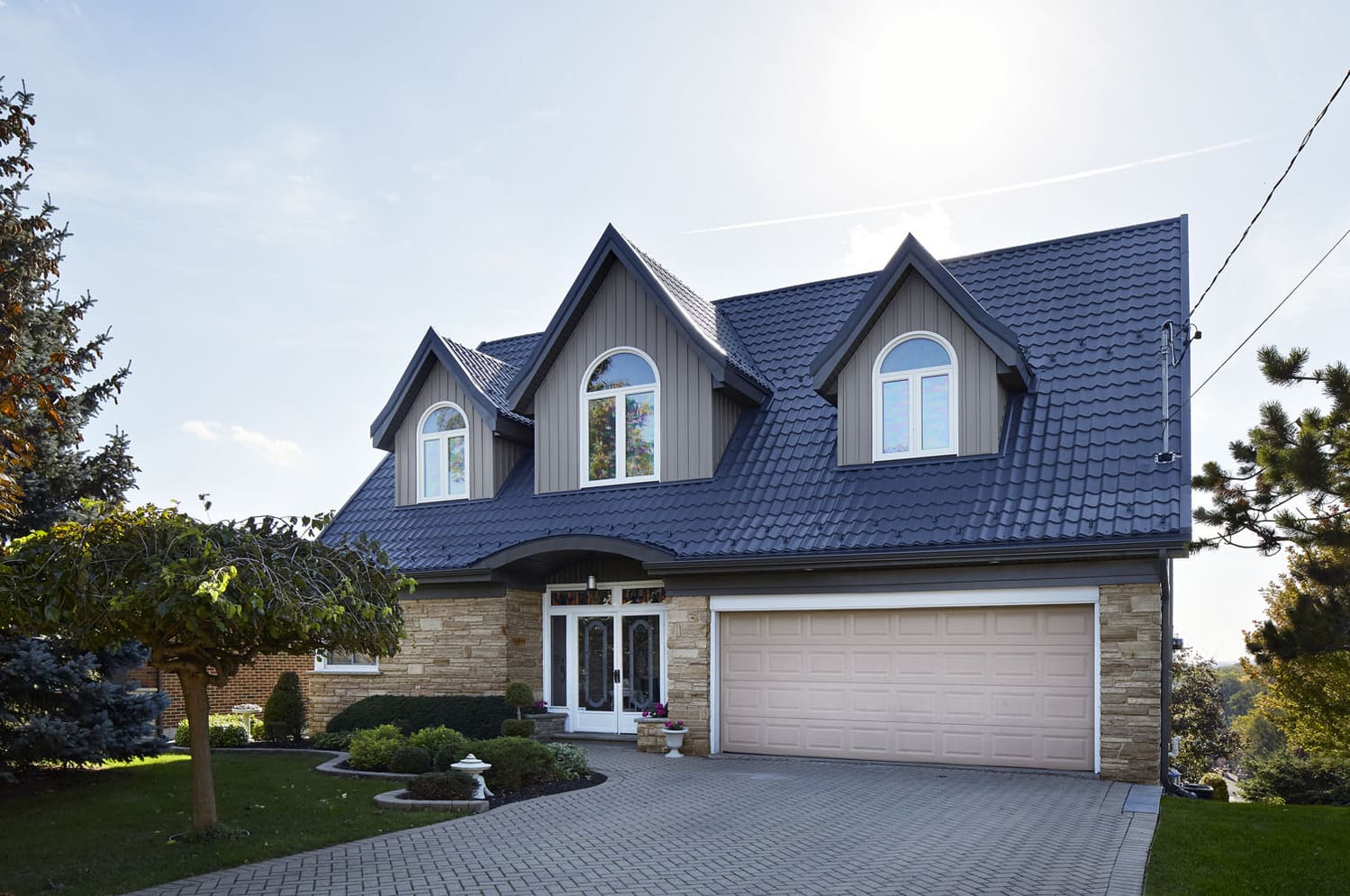Flashings: Why They’re so Important!

Regardless of whether science is your strong suit, everyone knows that water runs downhill, whether it be on the ground or on a wall. It is for this reason that shingles are laid from the bottom up, so each layer will rest over top the previous one. With this set-up, water will follow suit and keep running down the roof, and not under the shingle.
The same goes for wall flashings. Siding, masonry, stone, stucco etc. all make the home look beautiful, but they are also a very integral part of the exterior weatherproofing. The exterior walls of your home should have the same premise as your roof’s shingles, and that is you start at the bottom and work your way to compensate for the roll down of water.
It is important to note that the water may not be visible right away, as the moisture, depending on how much there is, has to travel through wood, then insulation, pass through the vapour barrier, and finally the drywall. Remember that water will always find the least resistant way to travel. Alternatively, the water may also end up in the basement and will never be tracked back to its original point of entry.
Have you had difficulty with water and moisture in your home due to ineffective flashings? Let us know in the comments!
Related Articles
.jpg)
Home Design Trends You'll Love This Year
Over the last several decades, you have probably seen a lot of home design trends come and go....
%20(1).jpg)
8 Expert Tips on Hiring the Right Contractor for Your Home Renovation
A General Contractor (GC) takes full responsibility for ensuring a renovation or custom home build...

The Ultimate Smart Home Features Guide for Your Markham Renovation
It’s time to get real about getting smart. Smart technology is an inevitable progression of...